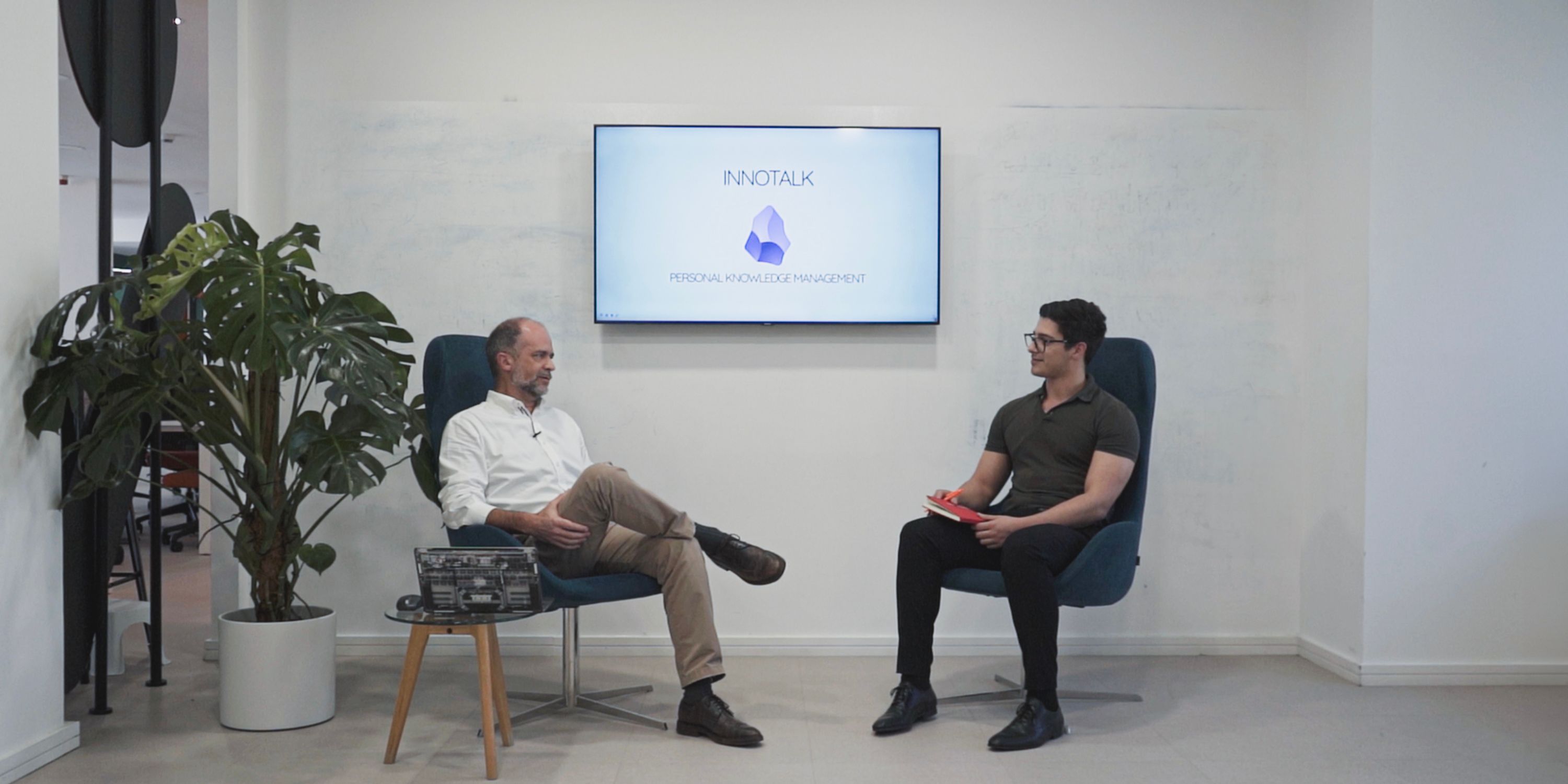Working in a company with a good environment, a strong team spirit and a solid culture is what everybody is looking for nowadays. In fact, talents aim to be part of a greater purpose, count and learn with each other, feel cared and empowered, and be supported by a synergy of skills. This is what leads to sense of belonging, shared commitment and happiness at work. So, let’s explore the crucial aspects of IT team collaboration, unraveling the secrets to harmonious and productive teamwork, the one that emphasizes innovative thinking and equal participation to achieve higher objectives and collective success.
The Power of IT Team Collaboration
In the realm of IT, collaboration is more than just a buzzword; it’s a cornerstone for achieving remarkable outcomes in projects. The seamless integration of diverse skill sets, perspectives, and experiences within a team can lead to innovative solutions and optimized results. Here’s a breakdown of key elements that contribute to effective IT team collaboration:
Shared Vision and Goals: A united vision and clearly defined goals serve as the North Star for IT teams. When every team member is on the same page and understands the overarching objectives, it aligns their efforts and cultivates a shared sense of purpose.
Open Communication Channels: Communication is the lifeblood of collaboration. Establishing open and transparent communication channels fosters an environment where ideas flow freely, issues are addressed promptly, and cooperation thrives.
Diverse Skill Sets and Roles: A well-rounded IT team comprises individuals with diverse skill sets, backgrounds and expertise. Each team member brings a unique perspective and skill set to the table, creating a synergy that fuels creativity and problem-solving.
Agile Work Methodologies: Embracing agile methodologies such as Scrum or Kanban promotes adaptability and responsiveness. Agile frameworks empower tech squads to iterate quickly, respond to changes efficiently, and maintain a high level of IT team collaboration throughout the development process.
Employee Engagement: Keeping employees on the team engaged and interested in collaborating will make any project more efficient overall. Listen to all of them and their ideas, minimize conflicts by managing everything very carefully, whether individually with the team leader or as a group conversation.
Company Culture that Nurtures Collaboration: A company’s culture plays a pivotal role in shaping how teams collaborate. A culture that values collaboration, encourages knowledge sharing, and celebrates collective achievements fosters an environment where IT teams can succeed.
Strategies for Effective IT Team Collaboration
Realizing effective collaboration within IT teams involves intentional strategies and best practices. Here are some actionable tips to enhance collaboration in IT projects:
Establish Clear Roles and Responsibilities: Clarity in roles and responsibilities ensures that each team member understands their contribution to the project. This minimizes confusion, enhances accountability, and streamlines workflows.
Encourage Knowledge Sharing: Foster a culture of continuous learning and knowledge sharing. Platforms for sharing insights, lessons learned, and best practices contribute to the collective growth of the team.
Utilize Collaboration Tools: Leverage collaboration tools that facilitate seamless communication and project management. From messaging platforms to project management tools, the right technology enhances connectivity and workflow efficiency.
Promote Regular Team Building Activities: Beyond project-centric collaboration, invest in team-building activities that strengthen interpersonal relationships. This camaraderie extends to professional collaboration, creating a cohesive and supportive team.
Foster Mutual Respect and Trust: Building a cooperative environment involves cultivating mutual respect and trust among team members. When they trust each other’s expertise and intentions, it creates a foundation for open communication and effective IT team collaboration.
And please keep in mind the importance of knowing your each one of your team members as best as you can, outpointing the good work being done, recognizing achievements and having fun along the way!
Overcoming Barriers to IT Team Collaboration
Collaboration within IT teams doesn’t come without its challenges. Identifying and overcoming common barriers is crucial to fostering a culture of effective teamwork. Here’s a glimpse of why addressing these obstacles is vital and how teams can navigate through them:
Enhanced Problem-Solving: In a collaborative environment, diverse perspectives are essential for robust problem-solving. Overcoming communication barriers, whether caused by hierarchy, language, or work style differences, opens the door to innovative solutions.
Boosted Efficiency: Barriers to collaboration often manifest as bottlenecks in workflows. By addressing these barriers, teams can streamline processes, reduce delays, and enhance overall efficiency in project execution.
Cultivating Innovation: A collaborative culture fuels innovation. When team members feel empowered to share ideas without fear of criticism, it creates an environment where innovation can flourish. Overcoming barriers encourages a free flow of creative concepts.
Improved Employee Satisfaction: Barriers such as poor communication or lack of inclusivity can impact employee satisfaction. Overcoming these hurdles contributes to a positive work environment, fostering a sense of belonging and job satisfaction.
Alignment with Company Goals: Effective IT team collaboration ensures that the efforts of individual team members align with broader company goals. Addressing barriers helps maintain this alignment, ensuring that every team member understands their role in achieving overarching objectives.
Here are some tips to overcome collaboration barriers:
- Provide Collaboration Training: Offer training programs that focus on effective communication and collaboration skills. Equip team members with the tools they need to navigate and overcome collaboration challenges.
- Encourage a Culture of Inclusivity: Foster a culture where every team member’s input is valued. Encourage inclusivity in decision-making processes and project discussions, ensuring that diverse voices are heard.
- Utilize Technology to Bridge Gaps: Leverage collaboration tools and project management platforms to bridge gaps in communication. These tools facilitate real-time communication, document sharing, and collaborative project tracking.
- Address Conflict Proactively: Conflict is a natural part of collaboration. However, addressing conflicts promptly and constructively prevents them from becoming barriers. Provide conflict resolution training and mechanisms for addressing disagreements.
Join InnoTech and Elevate Your IT Career Through Collaboration
At InnoTech, we recognize that effective IT team collaboration is at the heart of our success. Our commitment to creating an environment where collaboration thrives is evident in every project we undertake. If you are passionate about IT, eager to contribute your skills, and value the power of collaborative teamwork, explore the exciting career opportunities at InnoTech and come re-imagine technology with us.



